- Learning time
- 40 minutes
- First play time
- 120 minutes
Snowdonia
Designed by: Tony Boydell
In Snowdonia the players are building the train track up the side of the famous Welsh mountain – collaborating on a shared goal, but competing to be the best contributor.
The board is placed centrally and around it track and station cards are set up representing the path the railway will take. At the start of the game these cards are populated with brown cubes representing rubble – rubble that must be cleared before the track can be laid! Each player takes two workers of their own colour, and several stone (grey) ore (orange) and coal (black) cubes are made available from the stockyard on the board.
Play proceeds by players placing their workers on one of several available action spots – once all workers are placed, they are then activated by taking them off in alphabetical order. The action spots do various things to further the progress of the railway – you can gather resources from the stockyard, clear rubble from the track, convert rubble into stone and ore into steel, lay track, build (stations or trains!) collect a contract or move your surveyor along the railway. The first few actions are pretty easy to follow: gather resources to convert them into equipment in order to build the railway. The surveyor is a simple point-scoring mechanism – the further along the route your surveyor is, the more points they return at the end of the game.
The contracts can be key to success, as they – potentially – reward your actions during the game. If for instance you build a lot of track, then you want a contract that rewards that. If you’ve contributed to the building of stations, there’s a contract for that too. There are even contracts that reward you for clearing rubble!
After each round a number of resource cubes are drawn from a bag and added to the stockyard – and this may trigger events that push the game towards its conclusion: clearing extra rubble or laying more track. The game ends when the track reaches the station at the summit, and players total their scores to see who wins.
Joe says
Snowdonia is a lovely mix of trains and worker placement. Though the track is only represented in an abstract form, the fact that it has to be cleared and built - and that process will determine the length of the game - feels very thematic and unusual. The further complication of the lousy weather obstructing progress adds an affectionate, almost comic air to proceedings, and puts me in mind of Fields of Arle - both games feel like their creators' love letter to a particular time and place.
The guru's verdict
-
Take That!
Take That!
You might be collaborating in theory, but in spirit there's room for some quite combative elements - it can be hard to pull off combination moves in a single round when other players may block out available actions. It's also possible to spot a contract will reward a certain player and grab it before they get a chance to!
-
Fidget Factor!
Fidget Factor!
Low to moderate. Turns tend to be productive - there's usually something to do, and with familiarity play can become reasonably zippy.
-
Brain Burn!
Brain Burn!
It's a combination of strategic play (the contracts) and reactive, tactical play on a turn by turn basis.
-
Again Again!
Again Again!
We haven't mentioned everything above - there's also trains to be bought (which supply extra workers!) and weather to negotiate - fine weather helps with rubble clearance and track-laying, whereas fog prevents it entirely.


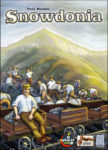
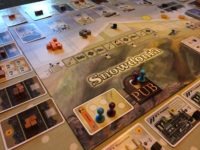
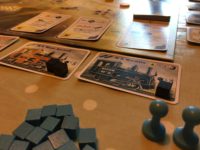
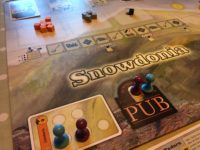
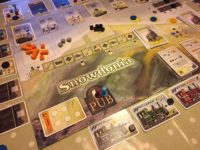



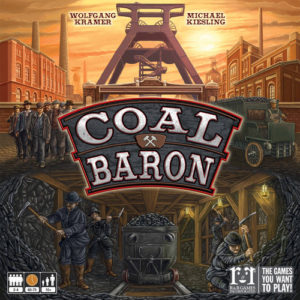
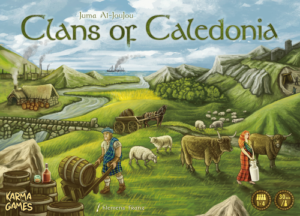
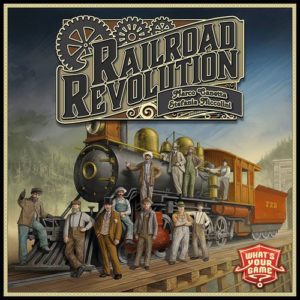

Sam says
The crunch here is not who is the 'best' builder, but who is the shrewdest - you can win the game having laid no track at all, or contributed nothing to the stations. Critical to victory - it seems to me - are the contracts, as they can bring huge points in the final count up if you complete them. It can never bump Railways of the World as my top train game, but Snowdonia is a deceptively feisty experience that I enjoy a lot.